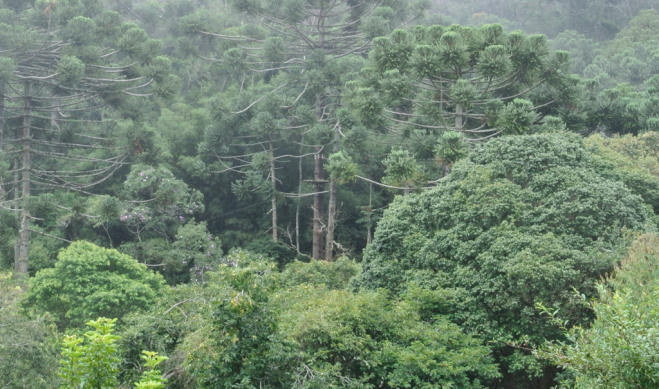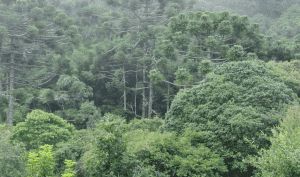
 The Amazon rainforest isn’t necessarily a place that many would associate with a drought, yet prolonged dry spells are projected to become more prevalent and severe because of climate change. The question at hand is how these droughts are going to affect the rainforest, as it has a large influence on global climate and future warming.
The Amazon rainforest isn’t necessarily a place that many would associate with a drought, yet prolonged dry spells are projected to become more prevalent and severe because of climate change. The question at hand is how these droughts are going to affect the rainforest, as it has a large influence on global climate and future warming.
A study led by Marielle Smith, a research associate in Michigan State University’s forestry department, and Scott Stark, assistant professor of forestry, examines the Amazon’s response to droughts to better predict how forest growth and physiology will affect tree diversity and, ultimately, the planet’s climate.
Due to its combination of wet forest structure and a strong dry season, the Tapajós National Forest in Brazil may be a good indicator for climate change responses, which is what led researchers to the location.
To gather information and monitor the rainforest, researchers took a detailed view of its structure by walking the ground with a lidar instrument, a tool also used in autonomous vehicles to map terrain. The lidar produced information in two-dimensional slices that describe how leaf area is structured across heights and micro-environments varying in light, temperature and humidity.
“This is useful because the activity of a forest as a whole—its growth and exchanges of gas and energy with the atmosphere—is largely determined by how leaves are distributed in the mosaic of environments that the forest itself creates,” Smith said.
A total of 41 monthly surveys were conducted over the course of four years, between 2010 and 2017, and included three non-drought years and one El Niño drought year.
“Through the lidar lens, we surveyed the structure of an eastern Amazon forest over several years to see how it changed in response to seasonal water stress and a strong El Niño drought,” Smith said.
The research yielded surprising results.
Researchers found that the rainforest increased the amount of leaves in the highest canopy during dry seasons and drought, despite reports from previous studies that found big trees to be more vulnerable to drought.
Previous satellite lidar observations have shown that when leaf amounts in the upper canopy go up, the amounts in the lower canopy go down, and vice versa, over the seasonal cycle of the Amazon forest. This could be due to seasonal variation in the amount of shading inflicted on the lower canopy by the upper.
The research is published in the New Phytologist.
